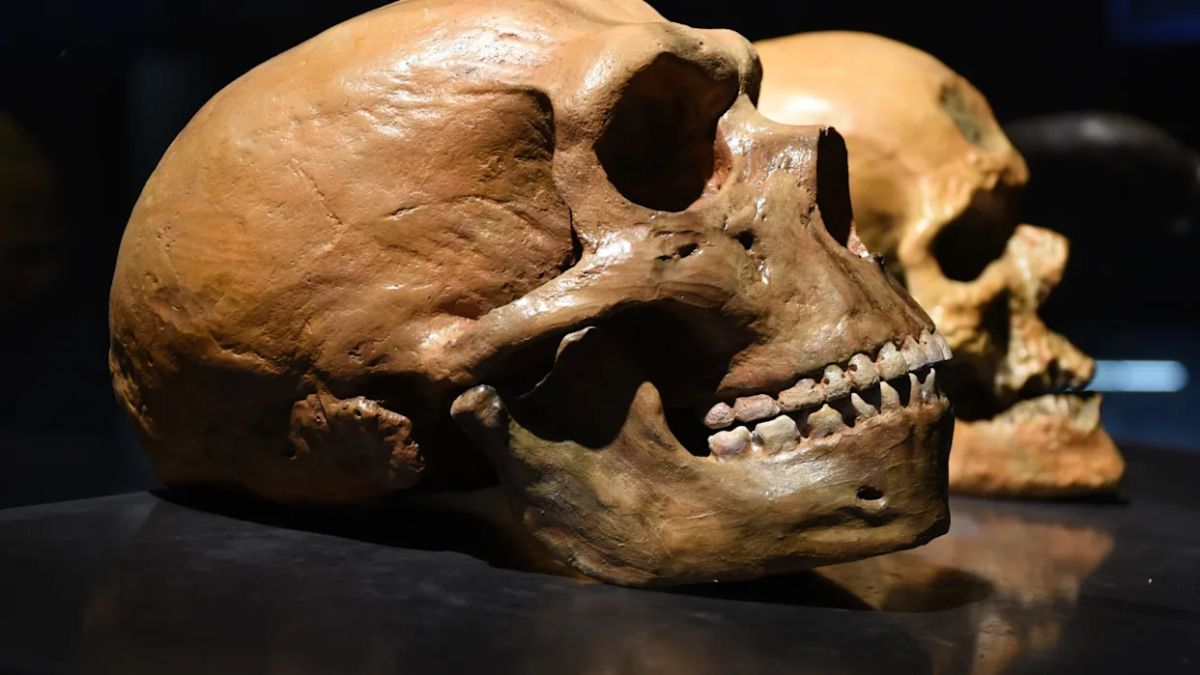We’ve all heard the old story: prehistoric life was a brutal battle between Homo sapiens and Neanderthals, two species locked in a survival showdown. But what if that version left out the most important part? A quiet cave in central Israel—Tinshemet—is now challenging the idea that our ancestors and Neanderthals were just rivals. Turns out, they might’ve been much more than that.
This isn’t just another pile of old bones. What archaeologists uncovered in Tinshemet is changing everything we thought we knew about early human history.
Shift
The traditional theory said that Homo sapiens and Neanderthals coexisted briefly and maybe bumped into each other, but mostly competed. What the Tinshemet cave findings suggest is a lot more personal: shared tools, shared rituals, and even shared burial practices.
It’s not just a small update—it’s a rewrite. These early humans weren’t enemies. They were exchanging ideas, techniques, and maybe even beliefs.
Lead researcher Yossi Zaidner summed it up perfectly: “Human connections and population interactions have been fundamental in driving cultural and technological innovations.”
Tools
So, what kind of evidence are we talking about?
- Stone tools made using similar techniques across groups
- Hunting methods that show signs of mutual learning
- Ochre pigment, likely used for body art or group identity
- Formal burials, possibly the first of their kind
This suggests deep cooperation—not just trading items, but sharing culture. We’ve long assumed that symbolic thought, like ritual burial or art, was unique to Homo sapiens. Now, it seems Neanderthals were part of that story too.
Graves
The most powerful discoveries at Tinshemet weren’t tools—they were graves.
These weren’t rushed burials or hidden bodies. They looked like planned cemeteries. Inside were carefully placed tools, animal bones, and smears of red ochre. That red powder might not seem like much, but it could point to something huge: the beginning of spiritual belief or group identity.
Maybe these early humans believed in an afterlife. Maybe the pigments were tribal symbols. Either way, they were starting to express meaning beyond survival.
This is a major clue that early humans—regardless of species—were developing a shared emotional and symbolic life. And if that’s true, then our cultural roots go much deeper than we thought.
Blend
So, were Homo sapiens and Neanderthals always friends? Of course not.
They competed. They fought. They chased the same animals and needed the same land. But during a relatively stable period about 110,000 years ago, especially in the Levant, conditions allowed for frequent encounters. That meant more chances to observe, imitate, and adapt to one another.
Rather than being a battlefield, this region became a melting pot—a place where skills, ideas, and even genes were exchanged. Over time, these interactions may have shaped the course of human evolution, not by domination, but through collaboration.
That’s right—some Neanderthal genes live in us today. And now, it looks like their culture might live on too.
Future
This discovery does more than update a timeline—it reshapes our identity. It shows that cooperation and cultural exchange weren’t rare exceptions but core elements of how we became human.
And the revelations keep coming. From China’s discovery of a potential new human species to ongoing finds in Africa, our human family tree is becoming more like a tangled, branching web.
Tinshemet cave proves one thing: the story of us is far richer, more collaborative, and more unexpected than we ever imagined.
FAQs
What was found in Tinshemet cave?
Shared tools, burials, and signs of ritual behavior.
Did Neanderthals and sapiens live together?
Yes, they likely cooperated and shared knowledge.
What does red ochre mean?
It hints at symbolic rituals and identity marking.
Were these real cemeteries?
Yes, planned group burials suggest formal practices.
How old is the Tinshemet site?
Roughly 110,000 years, during stable climate periods.























